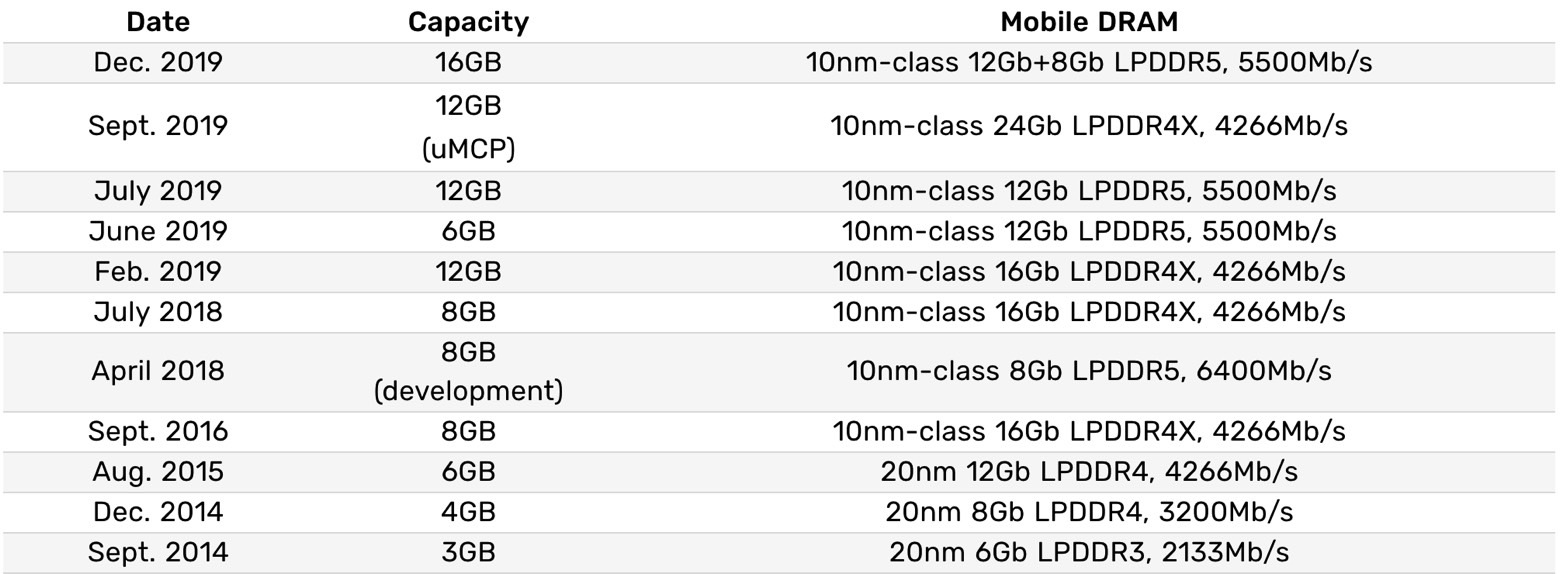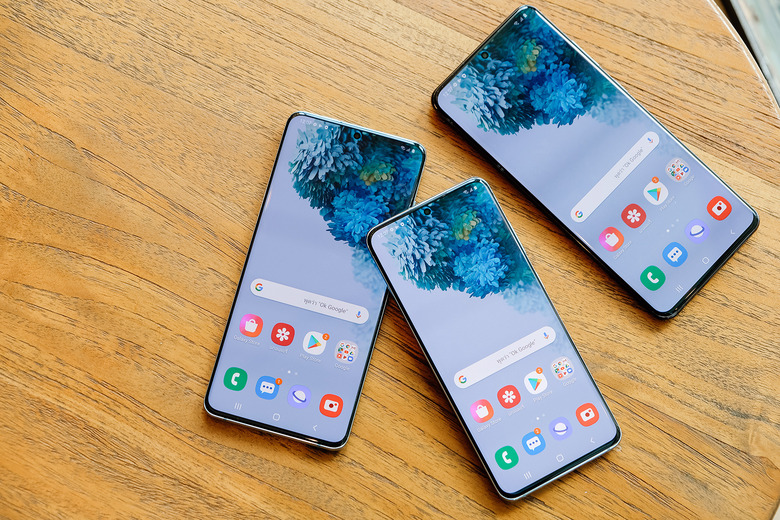Why iPhone 12 Will Totally Steal One Of The Best Galaxy S20 Features
The Galaxy S20 is one of the hottest phones you can buy right now, although there's one good reason to avoid it for a couple of months. The Galaxy S20 is actually a series of three flagship devices, all sporting the same core specs, and design, with the camera system on their back featuring the biggest differences. But you only need a few minutes with the gorgeous S20 to realize it's got the perfect size and weight, especially compared to the huge S20 Ultra, which happens to be the best of the series overall. As we've already witnessed, the S20 won't be the only phone featuring the same all-screen punch-hole display this year. Nor will it be the only device with a massive camera system on the back that's made of at least three sensors. The Galaxy S20 phones feature a high refresh rate screen, which will become the norm this year for many of the upcoming Android flagships. Finally, all S20 versions come with built-in 5G support, and that's another feature we'll find on increasingly more handsets this year. But the upcoming iPhone 12 series, which is due in mid-September, is likely to steal a Galaxy S20 feature that we hardly get to talk about, and one that you might not even notice in everyday use.
The Galaxy S20 series features a Snapdragon 865 chip that's still not able to beat the iPhone 11's processor in speed tests. But the phone does have a massive advantage over the iPhone in a different department, and that's memory. All S20 phones ship with at least 12GB of RAM and the Ultra comes in a 16GB variety. That's more memory than you have on your laptop and certainly more RAM than the iPhone 11's 4GB of RAM.
History shows that Apple has never been too keen on matching the memory of other smartphones, and that's because Apple does what other smartphone vendors can only dream of. Apple controls both the hardware and software, which means iOS is highly optimized for the iPhone. Apple did increase the RAM capacity over the years, but it was a lot more reserved than Android handset makers. That's because its superior chips could deliver a much better overall software experience working with less memory than Android handsets.
Android devices, meanwhile, kept pushing the envelope when it comes to RAM, jumping quickly to 6GB, 8GB, before hitting new milestones — that's 10GB, 12GB, and 16GB, of course. That's too much memory for a device, you'll say, and I'd agree. But Android needs the extra RAM, just ask Pixel buyers.
With that in mind, I'm convinced that Apple will have to 'steal' the Galaxy S20's RAM this year, and I'm not just talking about capacity. It's doubtful that Apple will put 12GB or 16GB RAM modules inside the iPhone 12 this year. However, we're probably going to have at least 6GB of RAM on the Pro models going forward, and that seems to be a given.
It's not the amount of RAM of the Galaxy S20 that matters most, but the quality. These phones feature LPDDR5 RAM, which are 1.3 times faster than the LPDDR4x RAM inside the iPhone 11, and 30% more efficient — from Samsung's announcement:
At a data rate of 5,500 megabits per second (Mb/s), the 12Gb LPDDR5 is approximately 1.3 times faster than previous mobile memory (LPDDR4X, 4,266Mb/s) that is found in today's high-end smartphones. When made into a 12GB package, the LPDDR5 is able to transfer 44GB of data, or about 12 full-HD (3.7GB-sized) movies, in only a second. The new chip also uses up to 30 percent less power than its predecessor by integrating a new circuit design with enhanced clocking, training and low-power feature that ensures stable performance even when operating at a blazingly fast speed.
Apple is all about performance and efficiency gains when it comes to its iPhones, and RAM that's faster than before and less taxing on the battery is something Apple probably wants for the next iPhone and iPad. Advances in artificial intelligence, including on-device machine learning features and computational photography will certainly benefit from the RAM upgrade when it comes to both capacity and speed. Not to mention that 5G and Wi-Fi 6 will dramatically increase wireless data speeds in the coming years, and RAM and flash storage can't be a bottleneck when it comes to data transfer. Given that we tend to hold on to our phones for longer than before, the iPhone 12 simply has to ship with at least 6GB of LPDDR5 RAM onboard.

Samsung happens to be one of the companies manufacturing LPDDR5 RAM, and the memory will not only equip its Galaxy flagships. And while Android vendors will go for top capacities, including 12GB and 16GB, Apple will likely go for less RAM, but it'll be of the LPDDR5 variety. Samsung does make 6GB and 8GB LPDDR5 modules as well, just check the table above, but not 4GB modules. Samsung isn't the sole supplier of next-gen memory. Micron, which announced recently that it's manufacturing LPDDR5 RAM for mobile devices, revealed it'll mass-produce 6GB, 8GB, and 12GB RAM versions this year. But there's no 4GB version of the new Micron memory either.
